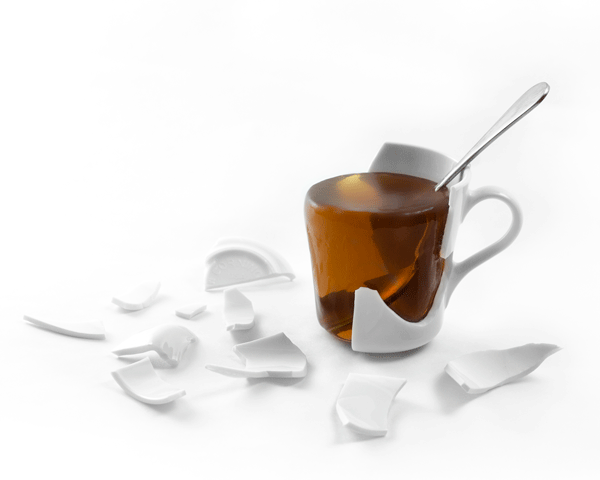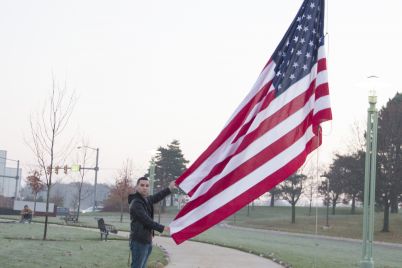While many can attest to the power of Pinterest to distract from classwork, some WCC instructors have turned the website into an educational tool, asking students to use the tool for inspiration and collaboration.
By TAYLOR MABELITINI
Contributor
With the last traces of finals week still ebbing away, students have been scrambling to wrap up the end of the semester, noses to the educational grindstone.
But it’s not as though vices have ceased to exist: sometimes “study, study, study” turns to “pin, pin, pin.” Before you know it, you’re lost in the abyss where productivity goes to die, also known as Pinterest. Some WCC instructors, however, have decided to turn this procrastination trap into a resource – creative or otherwise.
Jennifer Baker, a WCC photography instructor, was one of the first advocates for the tool, and remains one of the strongest. Last year, she pitched a presentation to the digital media arts department about the site. Since then, she has built up her own page for her students to use as a reference for many of the things they’ve learned while taking her photography classes.
“It gives you an instant way to show a huge variety of examples that then behind them have more work by that photographer. So it’s a huge resource as far as just being able to look at really good quality work and dive deeper into other work by any given photographer,” Baker said. She’s also required some of her students to build their own boards of work to use as personal inspiration and as a resource.
Ingrid Ankerson, a graphic design and media arts instructor, has also been a supporter of Pinterest as a creative tool and frequently encourages the use of it in her introductory-level classes. Students are prompted to create boards of inspiration while creating their projects and to draw examples from the works of others that can be found on the site.
“I had students already collecting images and inspiration and I found that it (Pinterest) was an easier way for them to quickly collect images as well as for me to look at them and respond to them,” Ankerson said.
The use of Pinterest is not limited to only the creative arts. Farm harvesting and management instructor Kim Groce, who also works as a divisional counselor, implemented and pushed the use of the resource in her classes to provide students with gardening tips and inspiration.
Chris Colaner, a 52-year-old culinary student in one of Groce’s classes, had been adamantly against Pinterest before using it for gardening, she said, going so far as to avoid it entirely.
The Ypsilanti native said she saw it as a time consumer, something that she’s seen many others get caught up in. But after Groce forced her to be exposed to Pinterest in class, she saw the appeal.
“We had to use it (Pinterest) for the group board, and I was amazed at what you can do. You can plan an entire garden and get inspiration and share ideas. You can even plan the recipes that you’re going to make,” Colaner said. As with all tools, the key to Pinterest lies in how it’s used.
“The most important thing to do with Pinterest is to be sure that you are citing your sources,” Baker stressed. This isn’t just for artist’s credit – resources become useless when all their links are error pages or sketchy shopping websites. Another important tip is to stay organized. If you can’t find anything, you can’t creatively use anything.
Currently, Pinterest has a max board limit of 500 and a pin limit of 200,000, so there’s plenty of space to compartmentalize. Lastly, make it for yourself. Love cooking? Architecture? Drawing? Fashion? There’s a pin for all of them. So get out there, and get pinning!


